
Argentina it's basically a country of immigrants, Although its geography is so extensive that depending on where you go you will be able to come into contact with customs that do not come from European immigration but from native peoples and Latin American neighbors.
Thus, Argentine customs are varied and you will surely find the one you like the most in terms of gastronomy, sociability or behavior. Are you going to Argentina? It is a good time if you are European because the devaluation of the peso has been great with this last government and the change will favor you very well.
Argentine gastronomic customs
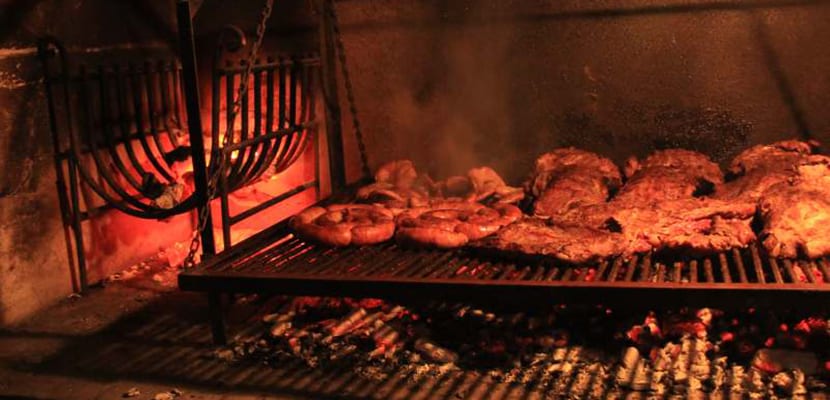
Food first. There are some foods that are typical of Argentina and that can be considered its trademark, even when they are consumed in other countries in the region. I speak of asado, dulce de leche and empanadas.
Argentina has always been an agro-exporting country, and the lack of serious industrialization has become its main problem for development, so cows, wheat and now soybeans are what populate its rich humid pampas. The meat is delicious, of very good quality, precisely because of the pastures, so there is no Argentine who does not prepare asado at least once a week. The classic is the weekends with family or friends.
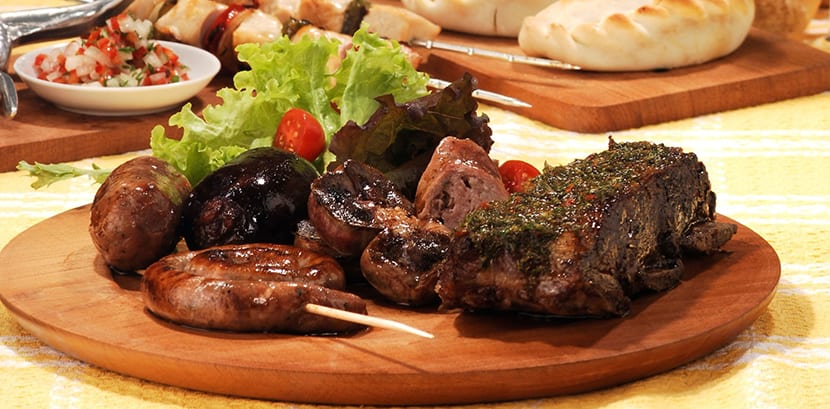
Here, beef has different cuts and different names depending on the place of the country. Loin, strip of roast, buttock, rump, matambre. Chorizo bread, choripan, bread with blood sausage, morcipán. The achuras can not be missing in an Argentine grill: sausages, gizzard, kidney, blood sausage, chinchulines (the intestines). A good barbecue master becomes professional over time, barbecue after barbecue, challenge after challenge, so if you are lucky enough to meet one you will eat the best barbecue of your life.
What is so much meat accompanied with? Well, with salads or chips, bread of the day, a couple of tasty sauces (chimichurri and creole sauce), and take a hepatoprotector and then go for a nap and digest. A feast for the palate!

Another of the gastronomic customs is the fudge, a sweet made from milk and sugar that is dark brown and very sweet. Argentines love it and there is no candy or pastry that does not have dulce de leche.
All the billsFor example, the typical sweet doughs that bakeries make and are sold by the unit or dozen, they have many varieties with dulce de leche and the same are ice creams and candies (caramel cookies, candies, chocolates).

Believe me, if you try it you will love it and you will want to take home some of these goodies that are sold in all kiosks and supermarkets. Finally, the pies. Empanadas are made in many parts of Latin America, and varieties from northern Argentina are especially popular here. That north that is much closer to Bolivia and Peru and that is why its dishes or even its language have a lot of those parts.
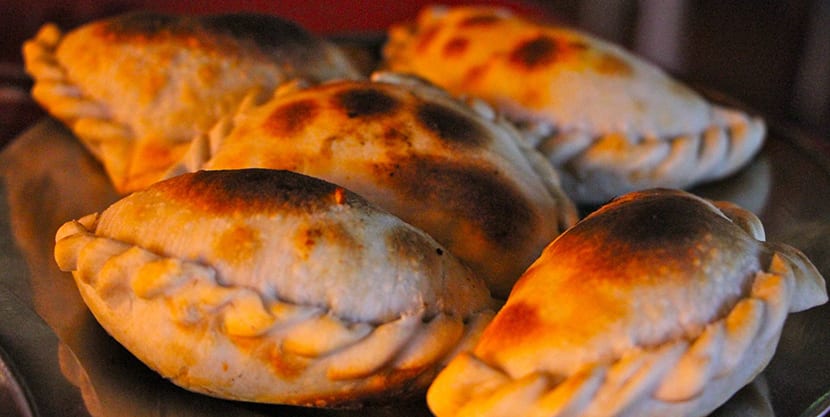
There is a variety of empanada per province but basically they are from meat or humita (corn, corn), baked or fried. Empanadas lovers prefer them homemade, making the dough and filling at home, but in big cities that tradition has been lost and today you can buy them in any store that sells empanadas and pizzas alike.
Even Buenos Aires is characterized by selling a tremendous variety of empanadas that is not seen in the interior: ham and cheese, vegetable, with bacon and plums, with whiskey, chicken and an extensive etcetera.

Finally, when it comes to drinking, you cannot ignore the mate. It is a infusion made from the leaves of a plant called yerba mate (the leaves are cut and ground), packaged and sold. Afterwards, each Argentine has a mate at home (a smaller or larger container, made of wood, glass, ceramic or dried gourd, for example), and a light bulb to sip the infusion.
The yerba is placed inside, hot water is added without boiling and it is drunk, preferably in healthy company because the spirit of mate is social, it is shared.
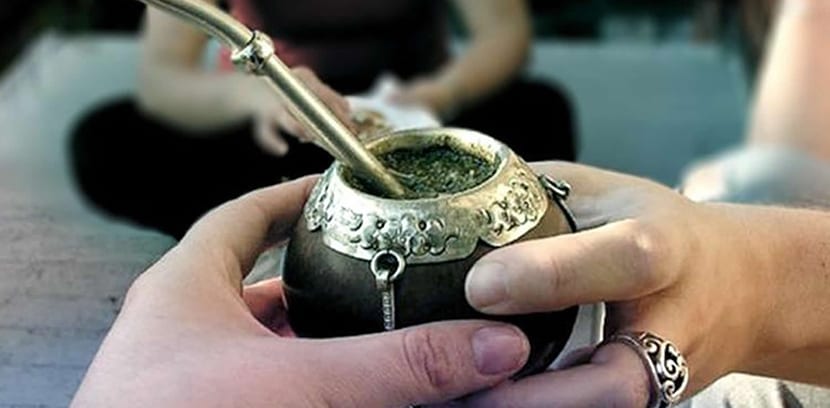
Argentine social customs
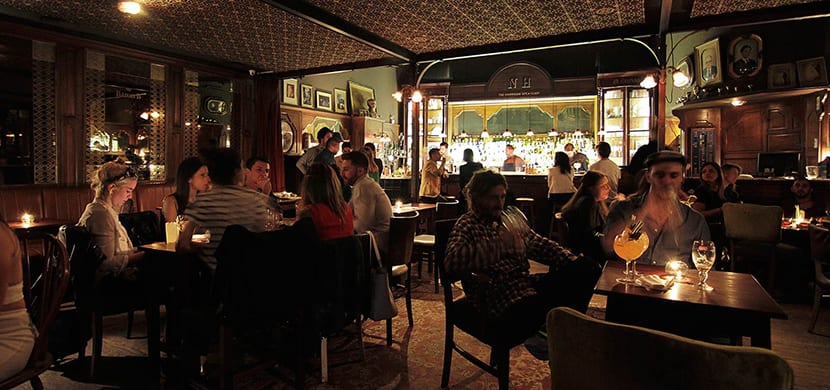
Argentines are very open, friendly and sociable people. If they like you, they have no problem chatting, inviting you to their house and going out with you. Buenos Aires is a very large city with a rhythm more than the capital of the world, so people leave from Wednesday. The city has a lot of night life, many bars and restaurants, but Argentines also like cinema and theater a lot and walking down the street even at night.
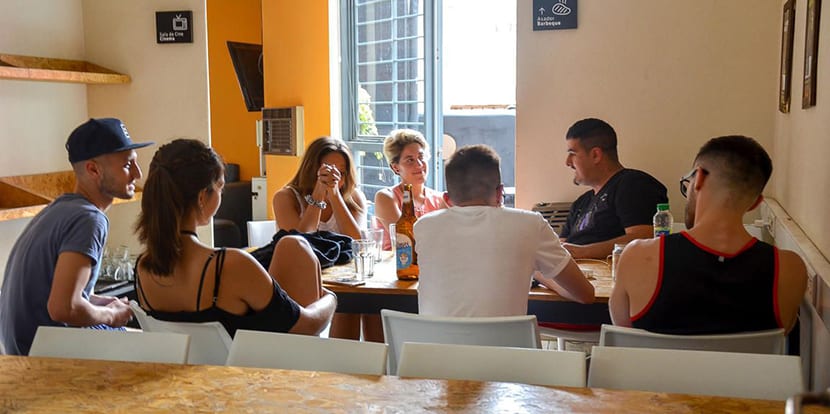
In the neighborhoods it is common to see groups of friends talking at dawn, sitting on a corner or in a square. The cities of the interior of the country have even more social life than Buenos Aires because in many of them, especially in the north, the siesta is sacred so the working hours are cut off after noon.
So, as the cities are also small and nobody lives very far away, you can go out every day because the next day there is always time to rest a little.
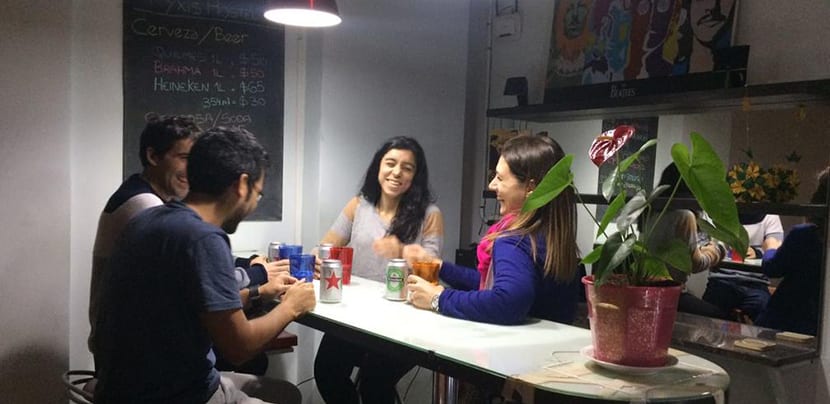
While in other parts of the world it is rare for people to fall unannounced at a friend's house here it is frequent to visit a friend without warning. They ring the bell and voila. Nobody is offended, nobody has to check the agenda. Even, meeting in the houses is the usualMaybe to eat and then go out, maybe for a barbecue. Friends are always the extension of the family. A family that, on the other hand, is always very close to the Argentine.

On Sundays, for example, it is common for the family to get together for lunch. The custom is typical of an immigrant town and although asado is the typical food, so are pasta. Argentina received a significant immigration from Italy so there are many descendants of Italians who they love pasta. While the generation of nones The custom of gathering around a bowl of ravioli or noodles with sauce is almost extinct is very common. Another well-respected custom is to eat gnocchi or gnocchi on the 29th of the month.
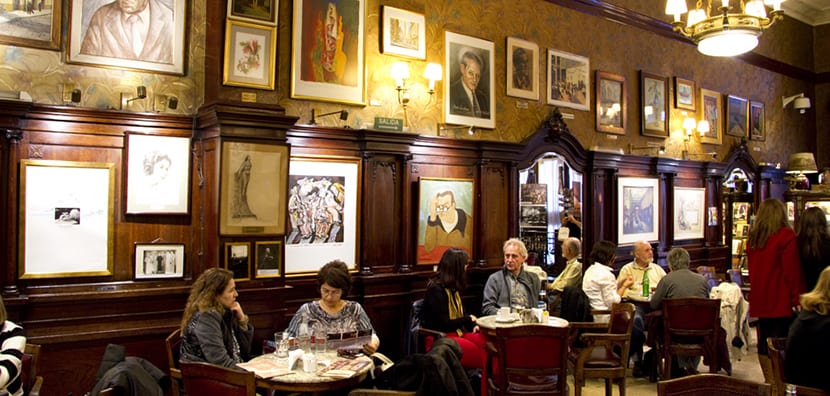
What, then, are the Argentine customs? Asado, empanadas, dulce de leche (don't forget to try the ice cream of this taste), mate (with herbs, sweet or bitter, although the traditional one is always bitter), talks with friends, outings to drink beer or the eternal coffee talks where an Argentine can solve the world by wandering between political ideas where, obviously, Peronism is always in the air, no matter who likes it.